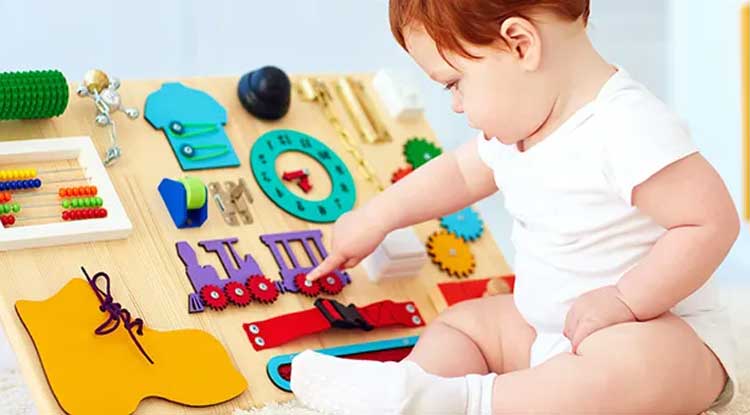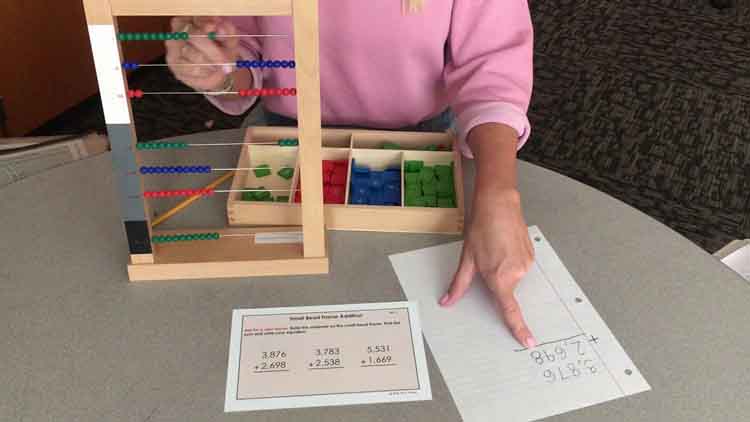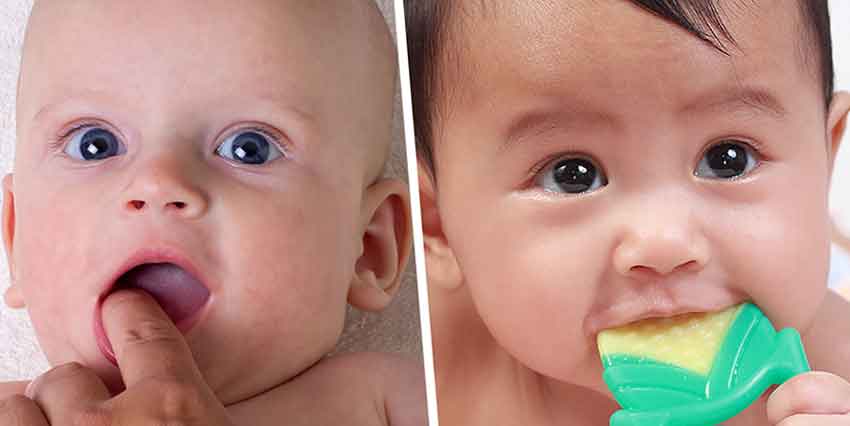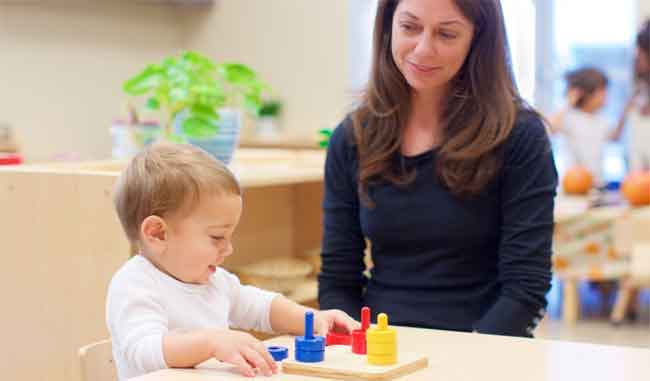Fine motor skills, hand-eye coordination, and the pincer grip are foundational abilities that set the stage for tasks such as writing, drawing, and self-care activities like buttoning clothes. Developing these skills during early childhood is crucial for a child’s overall growth and independence. This article explores effective strategies, engaging activities, and helpful tools to support these essential skills in young learners.
What Are Fine Motor Skills, Hand-Eye Coordination, and the Pincer Grip?
- Fine Motor Skills:
These involve small muscle movements, particularly in the hands, fingers, and wrists. They are essential for tasks requiring precision, such as cutting with scissors or threading a needle. - Hand-Eye Coordination:
This skill refers to the ability to coordinate visual input with hand movements, allowing children to interact effectively with their environment. - Pincer Grip:
The pincer grip is the ability to use the thumb and forefinger to pick up and manipulate small objects, a critical skill for writing and self-feeding.
Strategies to Enhance Fine Motor Skills
- Provide Hands-On Activities:
- Offer activities like playdough sculpting, bead threading, and puzzle-solving to encourage precision and control.
- Encourage using tongs or tweezers to pick up objects, which strengthens hand muscles.
- Incorporate Practical Life Skills:
- Teach children tasks such as buttoning, zipping, and pouring water from a small pitcher.
- Allow them to help in the kitchen by peeling fruits or stirring batter.
- Encourage Artistic Expression:
- Activities like finger painting, drawing, and cutting paper shapes improve dexterity.
- Use stencils and tracing sheets to develop pencil control.
Boosting Hand-Eye Coordination
- Interactive Games:
- Play catch with balls of various sizes to improve tracking and timing.
- Use stacking toys, such as blocks or rings, to refine accuracy.
- Technology-Free Activities:
- Puzzle-solving and threading activities enhance the ability to align sight and movement.
- Practice pouring water or transferring small items from one container to another.
- Sports and Outdoor Play:
- Encourage activities like bowling, skipping ropes, or shooting baskets.
- Introduce simple racquet games to develop advanced coordination.
Developing the Pincer Grip
- Finger Strengthening Activities:
- Provide clothespins for pinching exercises or squeezing sponges in water.
- Encourage tearing paper into small pieces for crafts.
- Montessori-Inspired Tools:
- Use knobbed cylinders or other similar tools to practice precise gripping.
- Introduce small tongs or tweezers for picking up objects like beads or pom-poms.
- Fine Motor Toys:
- Toys like pegboards, stacking rings, or shape sorters can refine grip and coordination.
Benefits of Developing These Skills Early
By enhancing fine motor skills, hand-eye coordination, and the pincer grip:
- Children gain independence in daily tasks.
- Their readiness for academic activities like writing and drawing improves.
- They build confidence as they master increasingly complex tasks.
Supporting the development of fine motor skills, hand-eye coordination, and the pincer grip is a rewarding journey for both parents and educators. Through purposeful play, practical activities, and the use of Montessori-inspired tools, children can develop these critical abilities while having fun. Remember, the key is consistency and encouragement, so celebrate each milestone as they progress
Content Prepared by: Pratheek
Contact no: +91 98468 082832




